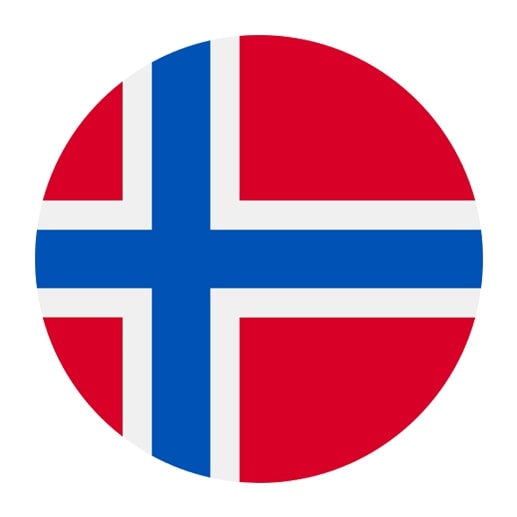Norwegian Grammar Exercises
Want to get more confident in Norwegian? Practicing grammar exercises is a great way to master sentence structure, verb forms, and the unique patterns of the Norwegian language. Start working on Norwegian grammar today and watch your skills and fluency grow with every exercise!
Get started
The most efficient way to learn a language
Try Talkpal for freeNorwegian Grammar Topics
Learning Norwegian can be an exciting and rewarding experience, as it opens doors to a rich cultural history, stunning landscapes, and a unique way of life in Norway. As a North Germanic language, Norwegian shares many similarities with its neighboring languages, Swedish and Danish. However, it boasts its own distinct grammar, pronunciation, and vocabulary. To tackle this beautiful language, it’s essential to understand Norwegian grammar and its various components. In this guide, we’ll explore the key aspects of Norwegian grammar, including tenses, verbs, nouns, articles, pronouns, adjectives, adverbs, conditionals, prepositions, and sentences, to help you build a strong foundation for your language learning journey.
1. Tenses:
As a starting point, focus on understanding the Norwegian tenses. Norwegian has three main tenses: present, past, and future, which are crucial for expressing actions and events at different points in time. Familiarize yourself with the way verbs are conjugated and how they change in various tenses.
2. Tense Comparison:
Once you have a grasp on the basic tenses, explore how they compare and contrast with one another. This will help you understand meaning nuances and improve your comprehension and communication skills.
3. Verbs:
Norwegian verbs are vital for constructing sentences and conveying meaning. Learn about the different types of verbs and how they interact with subjects and objects in a sentence. Additionally, understand the concept of modal verbs and how they express necessity, possibility, and obligation.
4. Nouns:
Norwegian nouns are classified into three genders: masculine, feminine, and neuter. This affects the way articles, adjectives, and pronouns are used with them. Learn the rules for forming plurals and the definite and indefinite forms of nouns.
5. Articles:
Articles are short words that accompany nouns and indicate their gender and number. Norwegian has definite and indefinite articles, which are crucial for correctly forming sentences.
6. Pronouns/Determiners:
These words replace or modify nouns, and they must agree in gender and number with the noun they refer to. Study the various types of pronouns and determiners, including personal, possessive, demonstrative, and relative pronouns.
7. Adjectives:
Adjectives describe or modify nouns and pronouns. Learn how to use adjectives correctly by understanding their agreement rules with the gender and number of the nouns they modify.
8. Adverbs:
Adverbs modify verbs, adjectives, or other adverbs, providing additional information about actions or qualities. Learn the different types of adverbs and how to use them effectively in your sentences.
9. Conditionals:
Conditionals are used to express hypothetical situations and their consequences. Study the different types of conditionals and how to form them using the correct verb forms and conjunctions.
10. Prepositions:
Prepositions are short words that indicate relationships between nouns, pronouns, and other words in a sentence. Mastering the use of prepositions is crucial for understanding and forming accurate sentences in Norwegian.
11. Sentences:
Finally, practice constructing sentences in Norwegian by combining your knowledge of verbs, nouns, articles, pronouns, adjectives, adverbs, conditionals, and prepositions. Experiment with different sentence structures and practice forming questions, statements, and commands to become proficient in the language.








